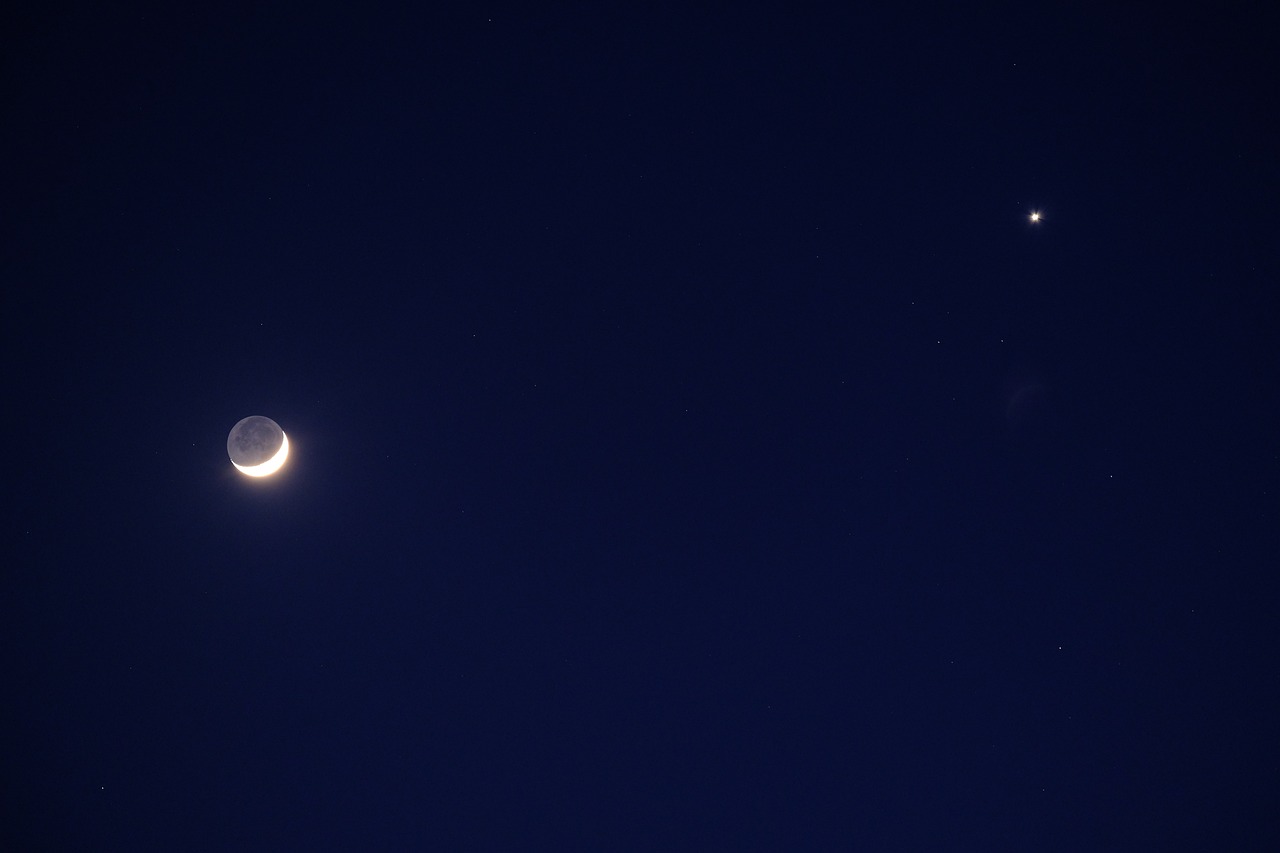The Significance of Venus in Mythology
Venus, recognized as the most luminous object in the night sky after the Sun and the Moon, has captivated human interest since prehistoric times. In places like Siberia, it stood alone among the planets with its distinct name, Cholbon. This planet was linked with both the Morning Star and the Evening Star, as well as other prominent celestial bodies such as Jupiter and Mars.
Venus in Roman and Greek Lore
The planet’s name is derived from the Roman goddess of love and harmony, Venus. To the Greeks, she was known as Aphrodite, while the Egyptians revered her as Isis, and the Phoenicians associated her with Astarté. Venus is connected with copper—a nod to Cyprus, her supposed birthplace—as well as several symbols: a triangular shape, the number five, the color blue, and the day Friday. The Saxon name for Friday, Fria, was derived from their fertility goddess, which aligns with the French name Vendredi that has roots in Greek and Latin influences.
Aphrodite, or Venus, features prominently as a goddess linked to origins of both the sky and the sea, often regarded as the offspring of Uranus and Gaia, or sometimes depicted as the daughter of Zeus, emerging from the foam of the ocean.
The Duality of Her Birth
Two narratives exist detailing Aphrodite’s birth. The first, according to Hesiod, portrays her as emerging directly from the sea foam after Cronus cast Uranus’s genitals into the ocean, creating a magical foam from which she sprang as a fully formed woman. The second story, credited to Homer, recounts her as the daughter of Zeus and the ocean nymph Dione. In this version, Aphrodite was initially married to Hephaestus and bore him children, yet her focus often centers on her numerous affairs with both gods and mortals. Notable among her lovers is Mars, the God of War, and the beautiful Adonis. She also gave birth to figures like Eros (Cupid), Deimos (Fear), Phobos (Panic), and Harmonia, who became the wife of Cadmus; her mortal son Aeneas resulted from an encounter with Anchises, a Dardania king.
Aphrodite’s Influence on the Trojan War
The legend of Venus unfolds in relation to the Trojan War. The conflict began over a beauty contest among three goddesses: Juno, Pallas Athena, and Aphrodite. The task of selecting the fairest was bestowed upon Paris, a shepherd deemed as an impartial judge by Zeus. Each goddess offered tempting gifts, but Aphrodite’s promise of the world’s most beautiful woman—Helen of Troy—swayed Paris. This choice triggered the events leading to the infamous war.
The Tale of Adonis
Adonis, another pivotal character in Aphrodite’s mythology, has a story intertwined with vengeance and beauty. Smyrna, daughter of King Cinyras of Cyprus, was deemed more beautiful than the goddess, inciting Aphrodite’s wrath. In a twist of fate, Smyrna was cursed by Venus to fall in love with her father, leading to a disastrous union. When King Cinyras discovered the truth, he attempted to end Smyrna’s life, but Aphrodite intervened and transformed her into a myrrh tree. From this tree, Adonis was born.
Adonis eventually became a point of contention between Aphrodite and Persephone, each desiring his companionship. A compromise was reached, allowing Adonis to alternate time between the two goddesses, but Aphrodite’s desire led her to manipulate the situation. This drew the ire of Mars, who retaliated by disguising himself as a wild boar, ultimately resulting in Adonis’s demise in Aphrodite’s presence. In her grief, she implored Zeus, who decreed that Adonis alternate between the world above and the underworld.
Parallels in Other Cultures
Similar tales exist across various cultures. The Sumerian goddess Ishtar embodies many of the same characteristics associated with Venus. Known as Inanna, this goddess of love and war was often depicted with wings, riding a lion, and was linked to the sun god.
Ishtar’s narrative includes a descent into the underworld in search of her lost lover, Tammuz, where she faces dire trials before ultimately being revived and reclaiming her place as the Queen of Heaven.
Cultural Reflections
In other civilizations, the planet Venus also bore significant meaning. The Chinese attributed the title of the Great White One to Venus, aligning it with metal (specifically gold) and the western direction. Similarly, ancient Maya astronomers revered Venus as a harbinger of war, intricately tracking its cycles to plan rituals as they believed it influenced conflict and destruction.
This extensive exploration of Venus’s roles across mythology showcases her enduring legacy and significance throughout civilizations.



